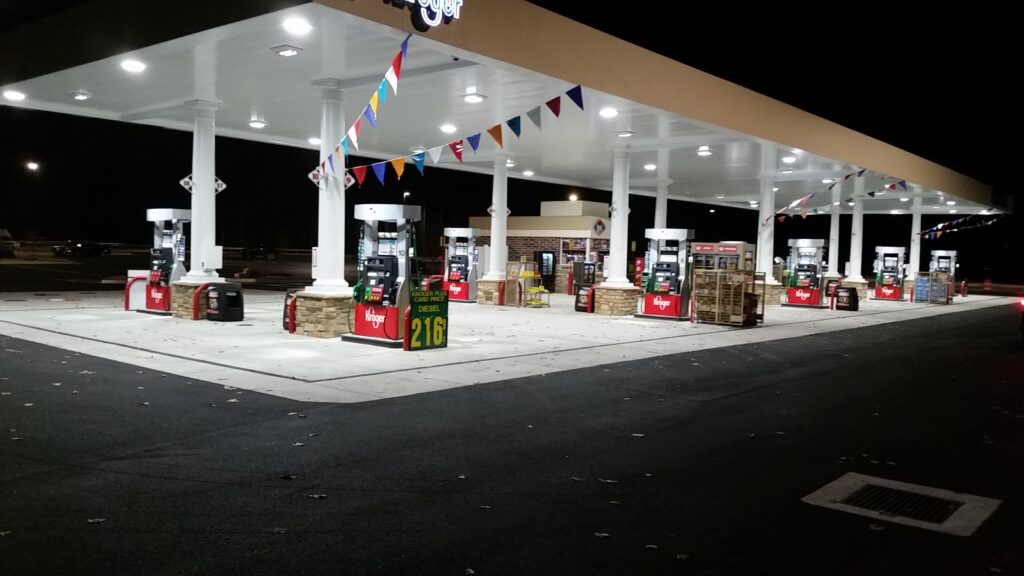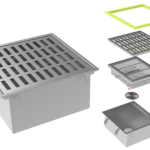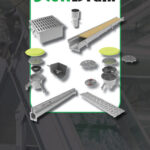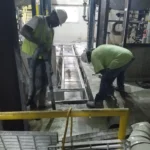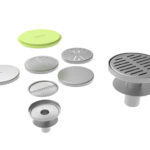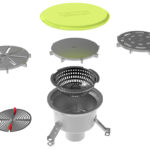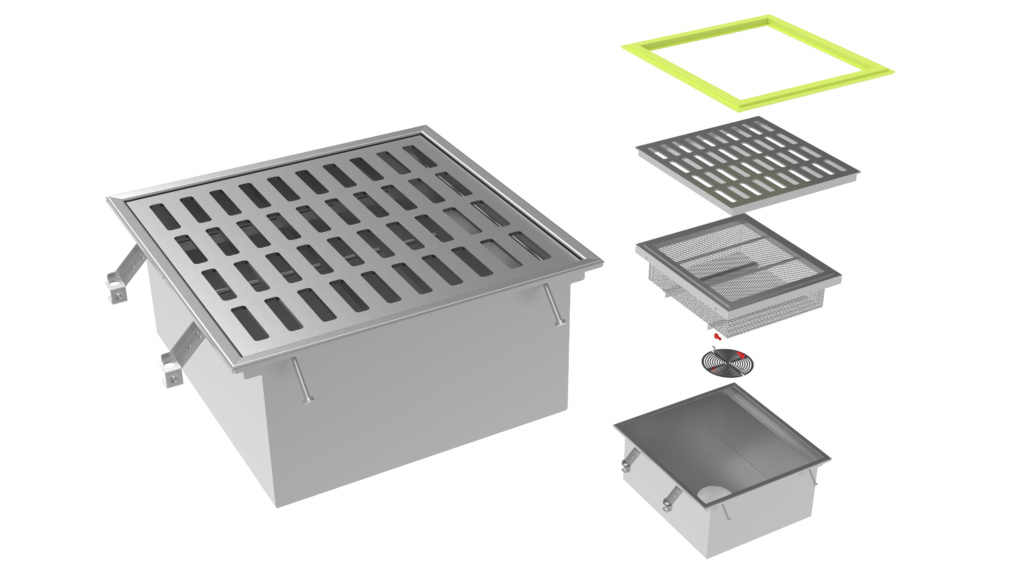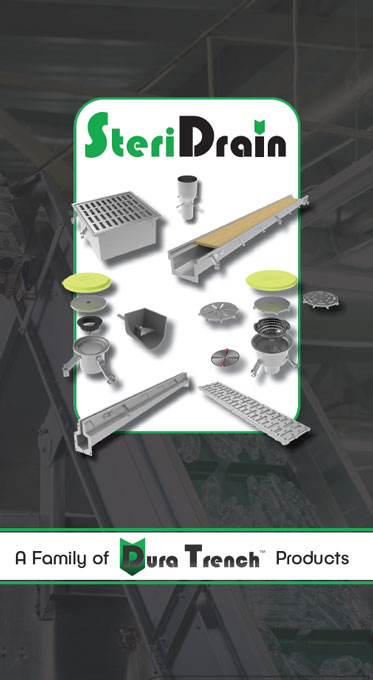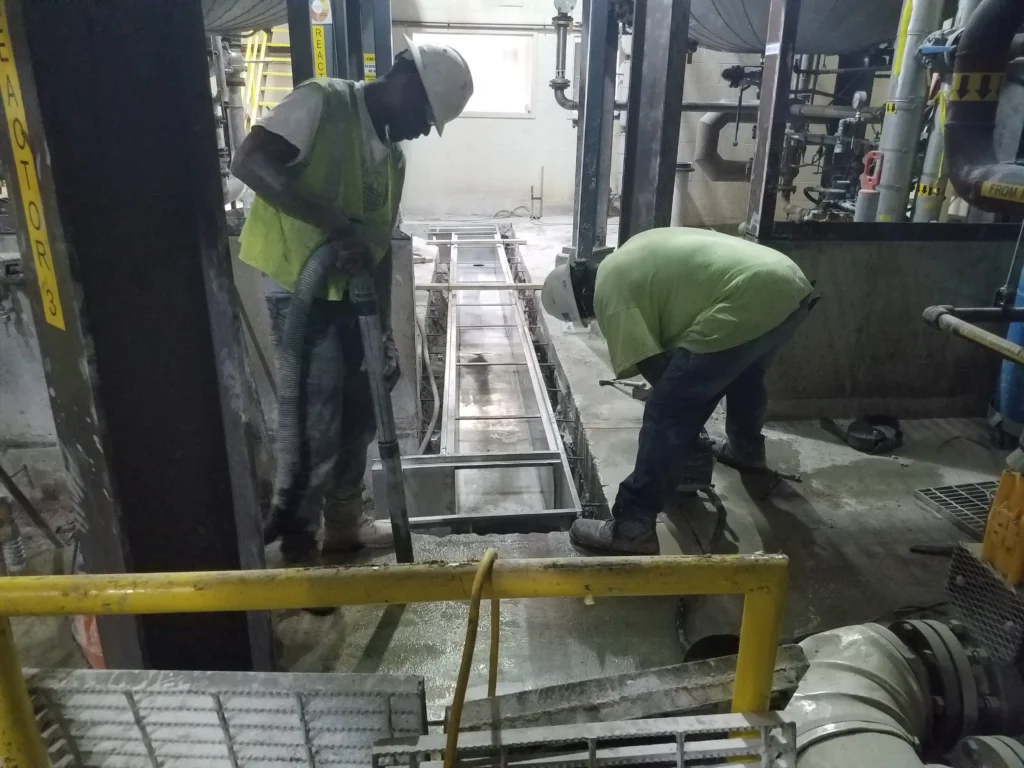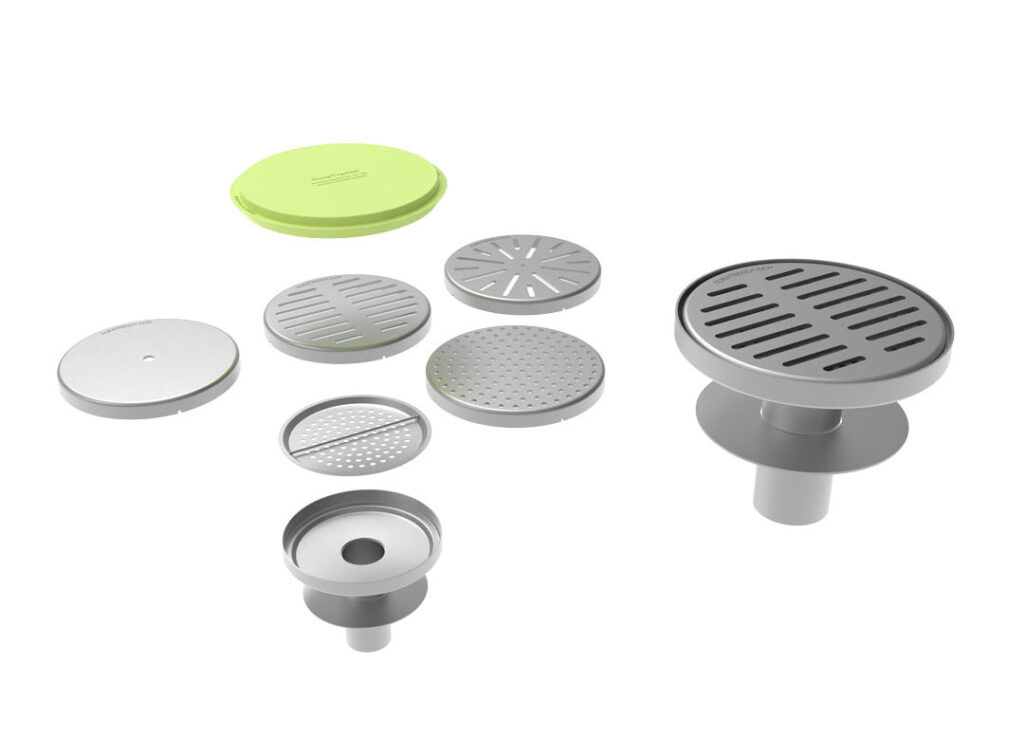Floor drains are one of the most essential means by which you can handle run-off and wastewater indoors. This can be a critical part of maintaining a safe and healthy work environment in commercial workplaces, and floor drains are also a key part of handling moisture and messes inside of homes as well. Without floor drains, standing water would be almost impossible to attend to in bathrooms, work areas, and common spaces.
Floor drains are so common that it can be easy to take them for granted. However, if you are upgrading your business or installing a new drainage system at home or in your commercial buildings, you need to know more about how floor drains work. Having a good idea of the floor drain options that you can access for your drainage needs and being aware of the basics of installation and maintenance can help you to select and care for the floor drains that you have in your home or business locations.
If you are ready to learn everything that you need to know about floor drains, you need to keep reading!
How Do Floor Drains Work?
No matter what style of floor drain you have installed in your home or business, this drain is designed to be flush with the floor and to maintain a dry and safe floor surface. Drains of varying styles can be used to accomplish this goal, and all of them will necessitate a grate or drain cover to prevent debris from clogging the drain and to eliminate trip and fall hazards.
Drains in the floor will remove water to a storm drain location, or to the sewer system, or they can also deliver water to a catch basin or sump. Floor drains will also employ traps that are used to make sure that debris is captured before being flushed into the drainage system and to prevent sewage and waste odors from backing up into your home or business location.
Careful maintenance of floor drains, and their traps are critical to keep water from backing up and to prevent the risk of bacterial contamination or messes in your business or home. When floor drains are installed correctly, they will need minimal maintenance to continue to work flawlessly and safely.
How Do You Maintain a Floor Drain?
One of the most important things that need to be done to maintain a floor drain is to handle clogs immediately. When a clogged drain is not cleared, the drain can become very hard to clean out, and a flooding situation can occur. If there are contaminants in the water or runoff that is being backed up into your home or business, this can be a real issue when a clog is not cleaned up promptly.
Drain augers can be used to handle this kind of a mess, or you might have to remove the grate or drain cover and pull out the clog by hand. This is often an easier process in residential locations than in commercial locations, where the floor drains are often deeper to handle higher volumes of runoff. Many commercial locations will have drain care tools on hand, however, which is less common in a residential situation. Make sure that you clean out a clogged drain at the first sign that it is backing up so that you do not have to deal with a clogged drain as well as a flooded room or workspace.
When your floor drain uses a trap, you will want to fill the traps frequently. This helps prime the trap to prevent the risk of bad smells or other issues from happening when groundwater levels change, or rainstorms come through. The water that is in the traps will form a barrier between your business or home and the sewer system, which is essential for healthy and comfortable working and living conditions.
Drains should also be cleaned quarterly whether or not they are showing signs of being clogged or of draining slowly. This can be a job for a professional plumber if you do not feel up to the task of taking care of this need. Most plumbers and drain care experts do not charge much to handle this kind of clean-up process throughout the year, and it is often much more affordable to pay for regular care than for the removal and clean-up process related to a clogged drain.
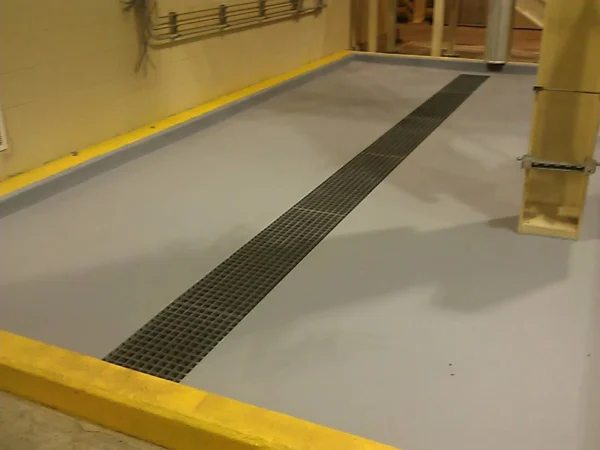
Where Should a Floor Drain Be Placed?
Floor drains need to be placed at the lowest point of a room or space. There might need to be multiple floor drains placed throughout a work area or a large room to handle the runoff that can happen during work or use of the space for its intended purposes. When you are considering drainage for a commercial location like a brewery or a food processing plant, floor drains might not be the most efficient solution, and slot drains might have to be placed around the workspace in question to attend to messes throughout the day. The unique slope and design of the working area that you are trying to provide drainage to can determine the style of drain that is best for your needs.
In home situations, floor drains are typically placed in showers or locations where water runoff might collect. It is often quite simple to provide a gentle slope to these drains, and placing the drain in a central location is often adequate. The style of your drain might also be impacted by the shape of the room in question. Even in shower applications, you can choose from point drains, linear drains, rectangular drains, and slotted-style drains.
The drainage style that you select can have a big impact on the overall performance of the drain, and the placement of different drain styles is critical for their function as well. Point drains will almost always have to be placed in the center of a gently sloped space, but linear and slot drains can be added at the edges of a space with a slope that runs down to them from a central high spot. There are lots of ways to create the right drainage solution for your needs, but you will need to be aware of the limitations of each drain type and place them correctly to optimize their benefit for your use.
Do Floor Drains Need Vents?
In most cases, floor drains will need a vent to make sure that the airflow is balanced correctly to let water drain without creating suction or a vacuum. The vent will also provide a barrier like a trap will offer so that sewer gasses cannot escape into your home or business. This is most common in shower floor drains, but vents can be used in other applications as well.
Most vents need to be placed eight feet vertically away from the drain, but some locations can necessitate a reduced distance of five feet. For shower drains, the usual vent size is 1 ½ inch, but it can be extended as needed to fit the needs of your installation and drainage setup.
Many drainage solutions employ both a trap and a vent, so you will get a double barrier from sewer smells and run-off. This can be critical as well when you are delivering wastewater to a catch basin or sump. Make sure that you look into the code requirements for your area before you assume that you can get by with just one of these solutions. Some states or counties will require specific combinations of prevention related to sewer gasses and runoff.

What Are the Kinds of Floor Drains?
The most common floor drains come in four types. These four styles of drain can be used in commercial as well as residential applications. You might have a combination of these kinds of drains in your home or business, depending on the drainage needs of different areas of the property.
Box Floor Drain
This is the most common kind of floor drain, and it is the one most people think of when someone mentions floor drains. This drain style has a rounded or square grate over a box that holds water under the level of the floor until it moves through the pipes to become wastewater. Some of these drains have a catch that will grab debris so that it does not pass through to the drainage pipes.
This is a common drain style for home use in showers and bathrooms. You will be able to unclog this kind of drain with ease by cleaning out the catch, and these are simple drains to maintain on your own as needed.
Baseboard Floor Drains
Rather like linear drainage solutions in commercial workspaces, baseboard drains are common in basements and other large areas that can have a lot of run-off water to attend to. This style of drain collects water in a channel and then sends it to other drainage piping and the sewer.
This drain rests at floor level and depends on the slope that is built into them to remove water effectively. This can be a hard style of drain to maintain unless it is installed perfectly, and it is not the preferred method of providing drainage for most commercial or home uses.
Foundation Floor Drains
This kind of drain is added to the foundation area of homes or businesses to deal with groundwater that can collect when heavy rains or storms happen. This is a drain type that removes water right to the sewer system, and that should not need a lot of maintenance each year. This kind of drain still needs to be maintained a few times a year, but you will likely not have to consider this kind of drain a high-maintenance portion of the drainage on your property.
Floor Trench Drains
Trench drains are common in both residential and commercial use. They are the best option if you have a high volume of water to handle, and they are simple to maintain and clean. These drains can come in various sizes and depths, and they can be covered with various styles of grating to allow water to flow into the drain at differing rates.
When you are using a trench drain system to remove runoff from your home or business, you will need to cover the trench drain with a grate or slotted cover to prevent slips and falls and to keep debris from collecting in the trench. There are many styles of trench drains, and these drains can be made of various materials. You can choose stainless steel drains if you have tough commercial wastes that need to be removed from workspaces each day, or you can choose lighter-weight materials for your home spaces that need to handle large volumes of water during certain processes.
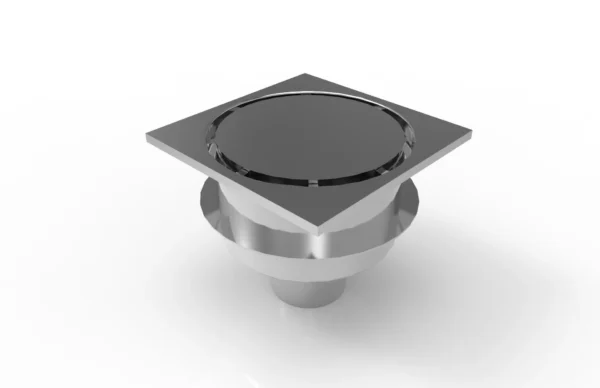
Floor Drains Are a Key Part of Any Drainage System
Floor drains are critical to the removal of wastewater in a variety of residential and commercial settings. Without quality floor drains installed in your home or business, you could be forced to deal with standing water all the time which is hard to remove. You will also be putting yourself or your workers at risk for exposure to all kinds of bacteria and organisms that can grow in standing water that is not removed from the floor.
Having quality floor drains installed can make all the difference in the comfort and productivity of your home or business. You will need to be sure that you consider the amount of water runoff that needs to be attended to in each unique space of your home or business before you pick the floor drains that you want to use. In addition, the slope of your floors and the flexibility of your existing drainage system can make a big impact on which kinds of floor drains you use for drainage. Make sure that you provide proper care for all of your floor drains throughout the year, and you will be able to ensure that standing water is not an issue inside your home or commercial property.



